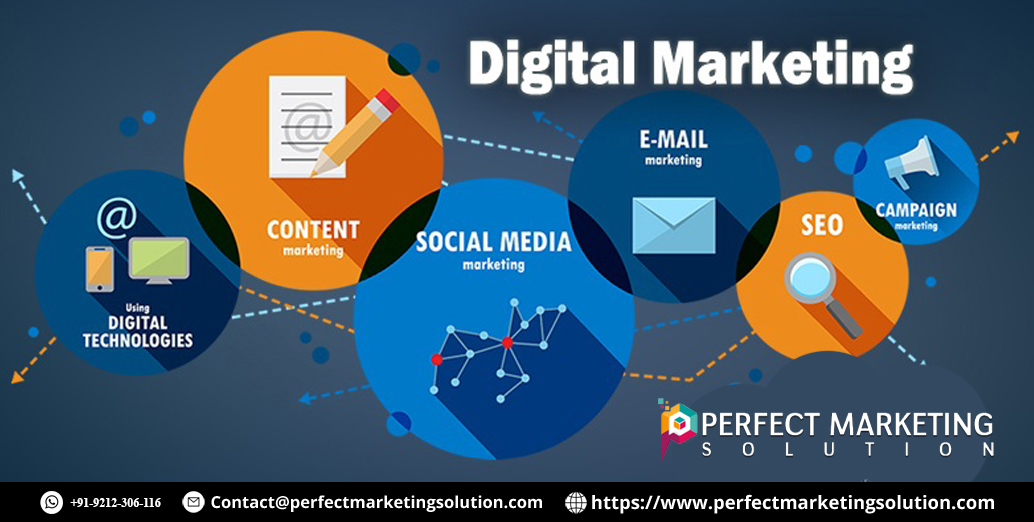Discovering the importance of Technological accessibility
Inclusive design goes hand in hand with technological accessibility. It's an approach that considers the needs of all users

In today's rapidly technological accessibility evolving world, the phrase "cutting-edge technology" has become a ubiquitous part of our vocabulary. We are living in the midst of a technological revolution, where innovations are constantly reshaping our lives.
However, as we embrace these advancements, it is crucial to remember the significance of technological accessibility and inclusive design. In this blog post, we will explore the importance of these concepts and how they are shaping the world of IT services, particularly in the context of Viva Technology and the WWIT.
The Technological Revolution and Cutting-Edge Technology
The term "cutting-edge technology" refers to the latest and most advanced innovations in various fields. From artificial intelligence and machine learning to quantum computing and augmented reality, we are witnessing a rapid proliferation of groundbreaking technologies. These advancements hold the promise of transforming industries, improving efficiency, and enhancing our overall quality of life.
However, the benefits of cutting-edge technology are not equally accessible to everyone. To truly harness the power of these innovations, we must ensure that they are inclusive and can be used by people of all abilities, backgrounds, and needs. This is where the concept of technological accessibility and inclusive design becomes paramount.
The Significance of Technological Accessibility
Technological accessibility refers to the idea that technology should be designed and developed in a way that allows everyone, including individuals with disabilities, to use it effectively. It involves creating digital products, services, and environments that can be navigated and understood by a wide range of users, regardless of their physical or cognitive capabilities.
One of the key aspects of technological accessibility is ensuring that websites, apps, and software are compatible with assistive technologies, such as screen readers for visually impaired users or voice recognition software for individuals with motor disabilities. This ensures that information and services are not exclusive to a select group but are available to all.
Inclusive Design: A Key to Technological Accessibility
Inclusive design is a proactive approach to creating products and services that consider the diversity of potential users from the very beginning of the design process. It goes beyond accommodating people with disabilities; it aims to benefit everyone, making technology more user-friendly for all.
Inclusive design involves:
- Diverse User Research: Understanding the needs and preferences of a wide range of users, including those with disabilities or different cultural backgrounds.
- Flexible Design: Creating products and services that can be customized or adapted to suit individual user requirements.
- Clear Communication: Ensuring that information is presented in a way that is easy to understand for all users, regardless of their literacy level or language proficiency.
- Testing and Iteration: Continuously testing products with diverse user groups and incorporating feedback to improve accessibility and usability.
Viva Technology and the WWIT
Viva Technology, often abbreviated as VivaTech, is one of the premier events for tech startups and innovators. It serves as a platform for showcasing cutting-edge technology, fostering innovation, and bringing together thought leaders from around the world. As we celebrate these technological advancements at events like VivaTech, it's essential to remember the principles of technological accessibility and inclusive design.
The World Wide IT (WWIT) community plays a crucial role in promoting these principles. WWIT is not just about providing IT services but also about advocating for a more inclusive and accessible tech landscape. Here's how Viva Technology and the WWIT intersect:
1. Showcasing Inclusive Innovation
VivaTech is an opportunity for startups and tech giants alike to showcase their innovations. By prioritizing inclusive design and accessibility, these companies can set a positive example for the industry. When cutting-edge technology is developed with inclusivity in mind, it paves the way for a more equitable technological revolution.
2. Networking for Impact
VivaTech is a hub for networking and collaboration. The WWIT community can use this platform to connect with tech leaders, share best practices, and advocate for accessible technology solutions. Collaborations formed at events like VivaTech can lead to the development of more inclusive IT services and products.
3. Educational Initiatives
The WWIT community can host workshops and presentations at VivaTech to educate attendees about the importance of technological accessibility and inclusive design. These educational efforts can raise awareness and inspire tech innovators to prioritize accessibility in their projects.
The Benefits of Technological Accessibility and Inclusive Design
- Wider User Base: When technology is designed inclusively, it reaches a broader audience, expanding the potential user base and customer base for tech products and services.
- Improved User Experience: Inclusive design often leads to more intuitive and user-friendly interfaces, benefiting all users, not just those with disabilities.
- Legal Compliance: Many countries have laws and regulations that require digital products and services to be accessible. Adhering to these standards helps companies avoid legal issues.
- Enhanced Brand Reputation: Companies that prioritize inclusivity and accessibility are viewed more favorably by customers and are seen as socially responsible.
- Innovation and Creativity: Inclusive design often leads to creative solutions that can drive innovation. Constraints imposed by accessibility considerations can inspire new ideas and approaches.
Making Technological Accessibility a Priority
To make technological accessibility and inclusive design a priority, companies and innovators can take several steps:
- Training: Ensure that design and development teams are trained in accessibility best practices.
- Accessibility Audits: Regularly conduct accessibility audits of digital products and services to identify and address barriers to access.
- User Testing: Involve users with diverse abilities in the testing process to gather feedback and make improvements.
- Inclusive Leadership: Promote a culture of inclusivity and diversity within the organization, with leadership actively championing accessibility initiatives.
- Engage with Accessibility Communities: Collaborate with organizations and communities focused on accessibility to stay updated on best practices and emerging technologies.
As we navigate the exciting world of cutting-edge technology and celebrate events like Viva Technology, it's crucial to remember that true progress lies in inclusivity and accessibility. The technological revolution should benefit all of humanity, regardless of age, ability, or background.
The WWIT community can play a pivotal role in advocating for and implementing technological accessibility and inclusive design, ensuring that the benefits of technology are available to everyone. By making these principles a priority, we can truly transform the world through technology, leaving no one behind in the process.
What's Your Reaction?
















